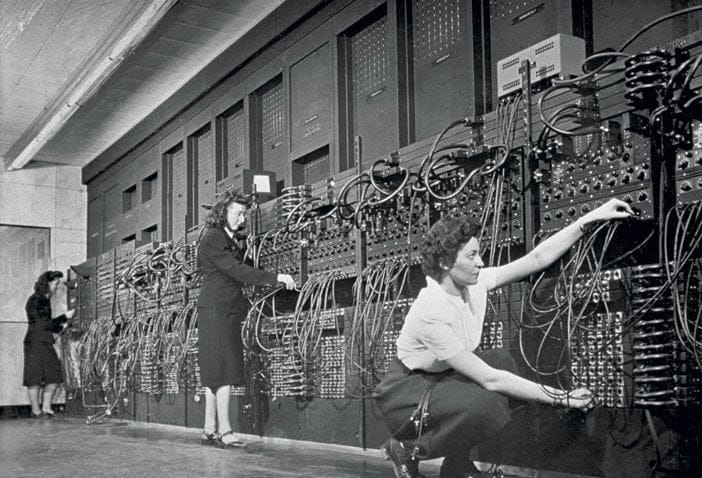Digital Transformation VS Tools Integration

Recently, I had an enlightening conversation some representative of the healthcare sector—a division within the NHS. They were exploring ways to integrate new digital tools into their existing systems. As we delved deeper, a common misconception surfaced: the idea that simply adding digital tools equates to digital transformation. In reality, this approach aligns more with a digitalisation project.
Digitalisation vs. Digital Transformation
It's crucial to distinguish between digitalisation and digital transformation. Digitalisation involves incorporating digital tools to streamline processes or enhance efficiency. While beneficial, it often doesn't influence the broader strategic direction of an organisation. Digital transformation, however, is far more profound. It's a holistic process that rethinks how an organisation operates, makes decisions, and delivers value to its stakeholders.
At RedDog Transformation (RDT), we've observed that true digital transformation extends beyond technology. If you deal with strategy, usually people come first. Whether working with district councils grappling with software overload and system silos or SMEs facing disjointed ICT and manual gaps, the core challenges often stem from a lack of strategic integration rather than a shortage of tools.
The Pitfalls of Over-Reliance on Tools
During our discussion, it became evident that implementing tools without a clear transformation strategy can lead to more issues than solutions. Organisations may find themselves entangled in complex systems that fail to enhance overall operations. By focusing solely on tools, there's a risk of adding layers of complexity without addressing underlying inefficiencies.

Digital tools should be viewed as enablers of transformation—not the transformation itself. Without a strategic overhaul, these tools can result in bloated systems that increase workload and confusion, detracting from the goal of simplifying and improving processes.
RDT's Holistic Approach to Digital Transformation
The key takeaway is that true digital transformation occurs when the implementation of digital tools acts as a catalyst for strategic change. It's not about attaching new technology to old systems but about re-evaluating and redesigning those systems to unlock human potential and organisational capabilities.
At RDT, we follow a comprehensive roadmap to facilitate this transformation:
- Assessing Current Challenges: We begin by thoroughly understanding our clients' existing hurdles to define a clear digital transformation path.
- Understanding Culture and Objectives: Recognising that each organisation is unique, we align our strategies with your culture and long-term goals and identify the digital values hidden in the organisation, or define new ones to integrate into the current overall strategy.
- Developing a People-Centric Ecosystem: We focus on creating ecosystems that prioritise people and foster technology awareness.
- Tailoring Projects to Align with Goals: Our solutions are customised to ensure they meet your specific objectives.
- Mobilising Capabilities and Resources: We bring together the necessary skills and resources, leveraging our expansive network.
- Implementing Bespoke Solutions: Our team executes strategies that are designed exclusively for your organisation.
- Offering Ongoing Support: Post-implementation, we provide continuous support and follow-ups to ensure lasting success.
- Identifying New Opportunities: We remain engaged to identify future projects that contribute to the evolving ecosystem.
Moving Towards True Transformation
By focusing on these broader strategic elements, organisations can transition from mere digitalisation to genuine transformation. This ensures that technology not only supports existing operations but also drives a fundamental shift in how the organisation functions.
In our work with various sectors—including healthcare, education, and supply chain industries—we've seen firsthand how a people-first approach leads to sustainable change. For instance, SMEs dealing with inefficiencies and misalignments have benefited from our emphasis on digital skills development and supply chain optimisation.
Conclusion: Transformation Starts with People and Strategy
As organisations—especially those in critical sectors like healthcare—seek to modernise, it's imperative to recognise that digital transformation isn't just about tools. It's about a comprehensive strategic overhaul that positions technology as an enabler of human potential and progress.
If you're ready to redefine your digital landscape with a people-first approach, we're here to guide you through the journey. Connect with RedDog Transformation and discover how we can help you achieve a seamless and impactful transformation.
RedDog Transformation – Go Digital. Be Human.



